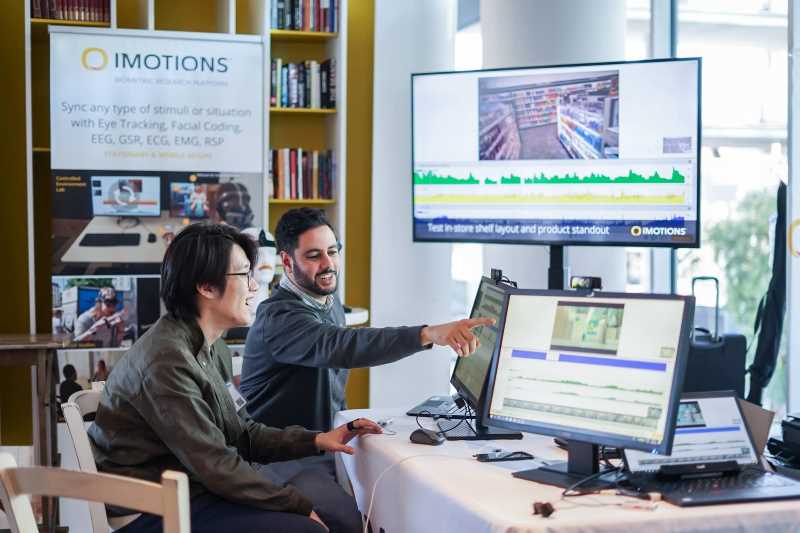The European Commission defined the new concept of Industry 5.0 meaning a more human-centric, resilient, and sustainable approach for the design of industrial systems and operations. A deep understanding of the work environment and organization is important to start analysing the working conditions and the resulting User eXperience (UX) of the operators. Also, the knowledge about users’ needs and ergonomics is fundamental to optimize the workers’ wellbeing, working conditions, and industrial results. In this context, the paper presents a strategy to effectively assess the UX of workers to promote human-centric vision of manufacturing sites, enhancing the overall sustainability of the modern factories. A set of non-invasive wearable devices is used to monitor human activities and collect physiological parameters, as well as questionnaires to gather subjective self-assessment. This set-up was applied to virtual reality (VR) simulation, replicating heavy duty work sequence tasks that took place in an oil and gas pipes manufacturing site. This approach allowed the identification of possible stressful conditions for the operator, from physical and mental perspectives, which may compromise the performance.







